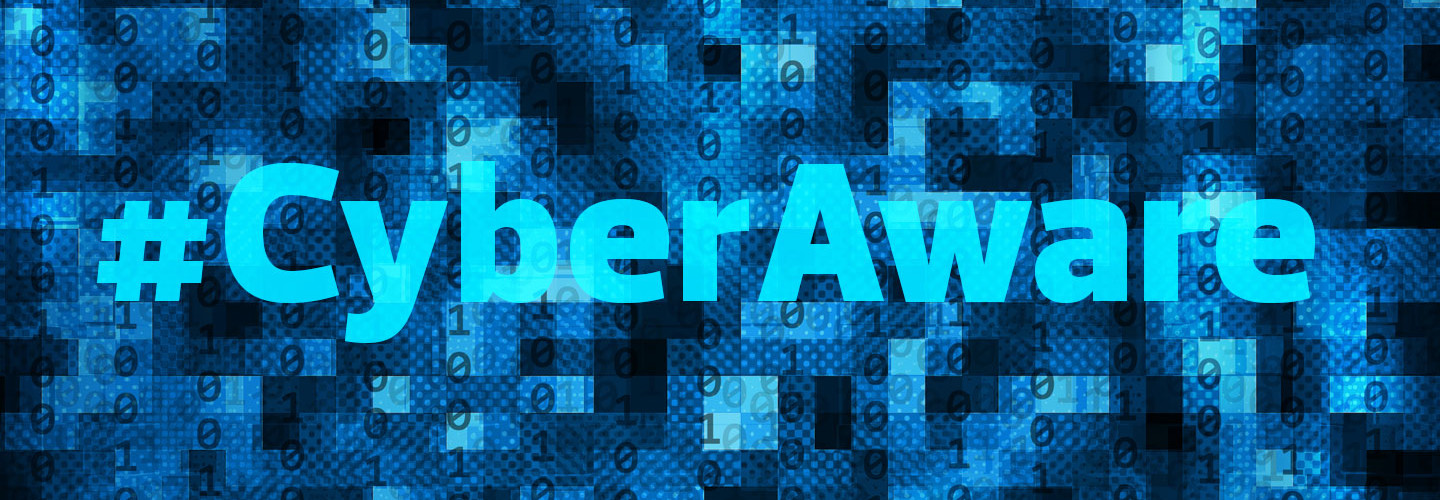Cybersecurity Is a Shared Responsibility
October marks National Cyber Security Awareness month. Now in its 13th year, the event encourages us all to do our part to protect networks, devices and data.
Throughout the month, the U.S. Department of Homeland Security and public and private partners will focus on these weekly themes: cybersecurity in the workplace, combating cybercrime, connected technologies, critical infrastructure resilience and the online safety campaign “Stop. Think. Connect.”
While the hashtag #CyberAware brings heightened attention to cyberhygiene and safe online practices, K–12 teachers and staff certainly need no reminding that IT security is a critical year-round activity. A breach can impede a school’s ability to teach and compromise the privacy of its students.
Schools have adopted best practices to safeguard systems and information, including classifying data, setting bring-your-own-device (BYOD) policies, implementing mobile device and application management, enforcing strong password practices, deploying two-factor authentication, and staying current with software updates and patches. However, the fact that many K–12 breaches are caused by students underscores the importance of user education.
Championing Cybersecurity Through Authentication, Awareness
At Greenville County (S.C.) Public Schools, leaders put the appropriate security technologies in place and focus on safe internet use. “Greenville County Schools is proud to be a champion for cybersecurity by demonstrating our commitment to providing a safe and secure network environment for our teachers and staff,” said Bill Brown, executive director of education technology for the district. Greenville County was one of the first K–12 school districts to be recognized as a National Cyber Security Awareness Month Champion two years ago.
And when it came time for Cypress-Fairbanks Independent School District (CFISD) to roll out a BYOD program, Chief Technology Officer Frankie Jackson turned to wireless authentication technology from Aruba. The district uses ClearPass to identify all devices and create policies to provide differing levels of network access for user types such as students, teachers, administrators or guests. With CFISD high schoolers bringing as many as three mobile devices on campus, strong authentication is critical.
To ensure a pipeline of future IT security professionals who know how to deploy such technologies, National Cyber Security Awareness Month also gives schools an opportunity to highlight the field as a career. To that end, educators, professionals, foundations, government and industry will gather in Arlington, Va., at the National Initiative for Cybersecurity Education Conference to discuss academic preparedness of K–12 students and cybersecurity workforce planning.








